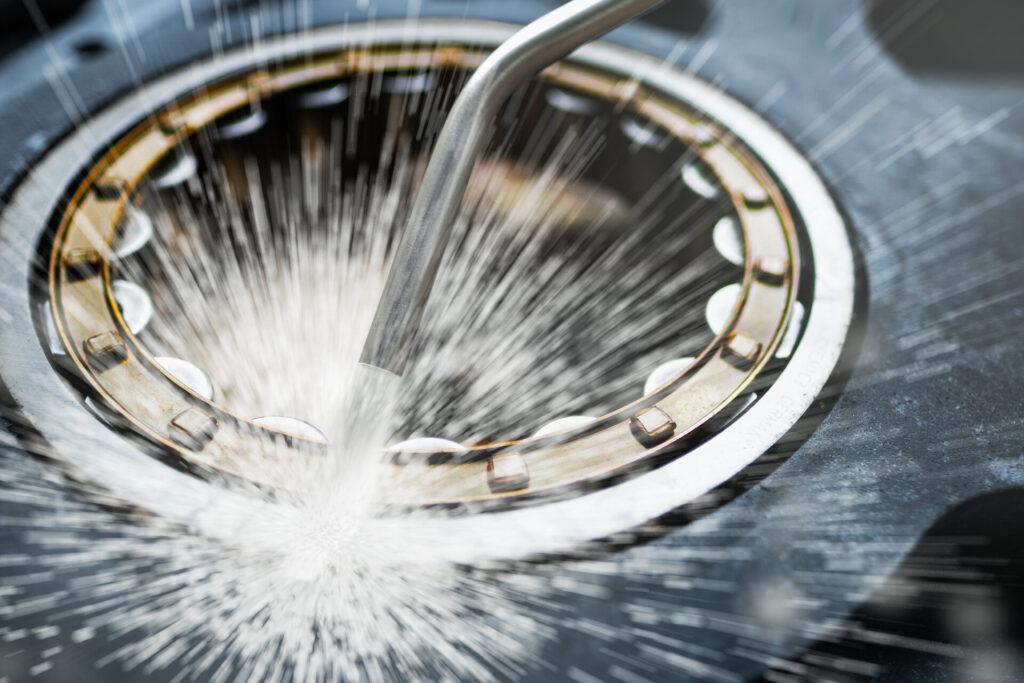Cleaning contaminated components and parts of machines in the industrial sector is a major challenge. Additional work and costly downtimes must be avoided. Fortunately, a compressed air blasting process has become established that meets these criteria. Dry ice cleaning removes paint, dirt and grease from surfaces. The guide below provides more information about this innovative cleaning method and why the minimally corrosive process is so popular.
Dry ice – no residue is left in the machines
When cleaning with sand or glass granules, residues remain in the machines. These residues have to be removed afterwards. This means an unnecessary additional expenditure of time. The situation is different with dry ice cleaning, as the ice dissolves into thin air after blasting. Dry ice is used at a temperature of -79 degrees. When it thaws, it skips the liquid aggregate state and directly becomes gaseous carbon dioxide. This process is known as sublimation. During cleaning, dry ice particles strike the surface to be cleaned at the speed of sound. The cold causes the dirt to contract. At the same time, the dry ice particles sublimate. The gaseous carbon dioxide increases its volume and blasts the dirt from the surface. No residue remains and the material is not damaged.
Dry ice – application areas at a glance
The innovative compressed air blasting process is used in facade cleaning and fire damage restoration. Other areas of application include electrical engineering, industrial production, transportation, woodworking, space and aviation. It is also used in the automotive industry. The gentle process is particularly suitable for cleaning replacement engines or removing underbody protection. The special cleaning process has also become established in the field of monument conservation, as paint coatings are removed without damaging the material. The process is particularly appreciated in the food industry. This is partly because the temperature of -79 degrees kills existing pathogens. This prevents contamination by toxins, pathogens, viruses, germs and bacteria. The process is extremely hygienic and guarantees residue-free cleanliness.
The use of dry ice is environmentally friendly
Dry ice cleaning is environmentally friendly because no toxic or harmful substances are used. In addition, no secondary waste is produced. The cleaning allows cleanliness without residues and that with a minimal energy input. For some time, the question circulated whether the special cleaning method increases the greenhouse effect. This is definitely not the case. Although dry ice is made of carbon dioxide, this is not released during the cleaning process and therefore does not increase the greenhouse effect. The use of dry ice replaces the use of solvents, chemicals and other environmentally harmful cleaning methods. The process effortlessly removes residues of paints, lacquers, silicone, rubber, binders and release agents from tools, injection molds and components. Cost-intensive downtimes and additional work are thus a thing of the past.
Source: felix – stock.adobe.com
Read more:

